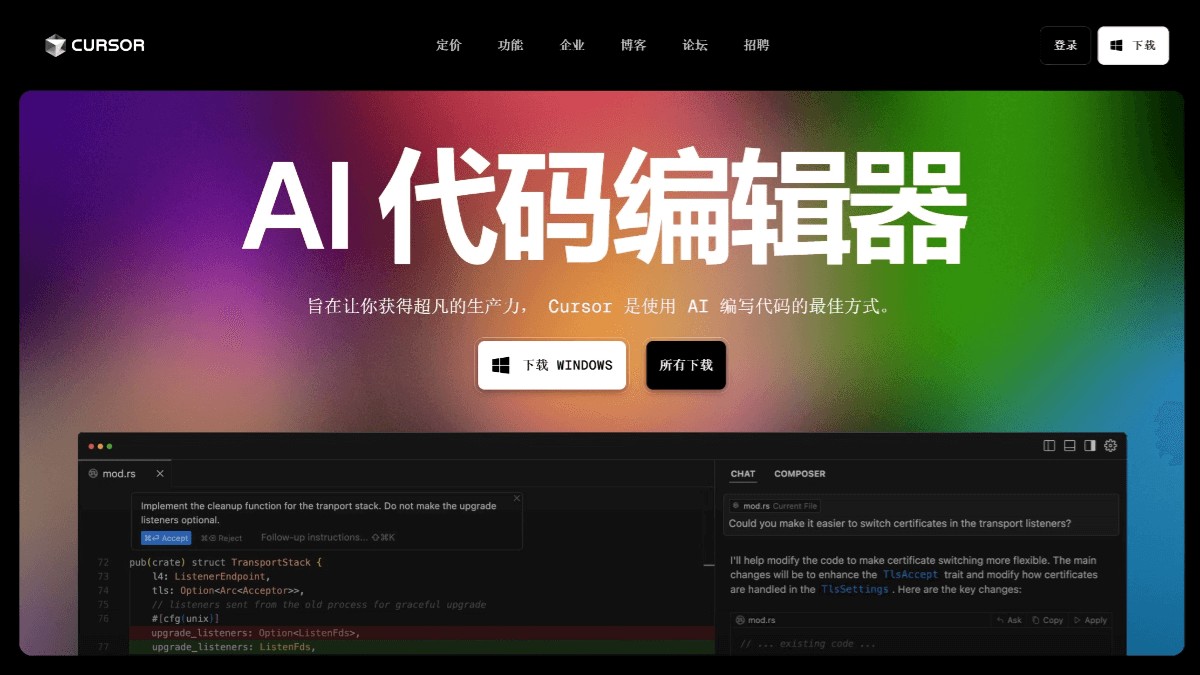Luma AI today launched a subscription-based service that delivers a new intuitive user experience for its popular Luma AI Dream Machine model, now available on the web and iOS. With the Dream Machine service, creators will be able to more easily express their ideas visually, unleash their imagination, create stunning visuals, and share their ideas.

The company also announced the Luma AI Photon Image model, a foundational model for creative, personalized and efficient image generation. Photon Image Model is designed to increase the power and capabilities of Dream Machine for everyone, including creatives, designers and visual thinkers, helping them achieve extraordinary things from directing film stories to visualizing product ideas. Additionally, Luma AI announced a new imaging API for developers and creators to build and extend powerful new creative applications.
Amit Jain, CEO and co-founder of Luma AI, said: “We are cultivating the next generation of intelligence that goes well beyond language models and is contextually rich and highly visual. We are building on this creative intelligence Dream Machine, as a new place for people to express their ideas in the fluid medium of image, video and language in Luma. With AI, we combine rigorous scientific research with an ambitious vision to help people think more intuitively, explore their ideas more effectively, and share their stories freely."
Dream Machine was released in June 2024 and has grown to 25 million registered users. Today, Dream Machine launches a new, easier interface and service, bringing Luma AI’s powerful vision-generating AI to consumers and professionals in a new intuitive medium. Dream Machine was built from the ground up as a new way to enhance and accelerate storytelling, creative design, and visual thinking without having to learn on-the-fly engineering. It features groundbreaking new personalization features that let creators bring their own inspiration into Dream Machine to produce images and videos that are fit for purpose.
Through next-generation artificial intelligence, Dream Machine offers a new way to express creativity and gives people new freedom of imagination.
Dream Machine is a monthly subscription service with four tiers, starting at $9.99 for hobbyists, $29.99 for explorers, $99.99 for professional use cases, and enterprise-level rates for larger teams. These plans offer unparalleled value, allowing users to create more ideas than ever with images and videos at exceptional cost-effectiveness, all powered by the Luma AI model’s breakthrough architecture for creative freedom.
The Luma AI Photon Image model is a new image-based model designed to bring the power of AI visual generation to those who design and build the world around them, from designers, filmmakers, and visual thinkers to small businesses and educators . It generates the most creative images from simple natural language, with ultra-high quality image instructions. It's built on Luma AI's groundbreaking Universal Transformer architecture, making it 800% faster and less expensive than other similar models. Through this combination of efficiency and creativity, the Luma AI Photon Image model brings us closer to an era of rich visual thinking.

Anjney Midha, general partner at a16z and board member of Luma AI, said: “Just as the Adobe Suite has become indispensable because it carries the context of our work and lives, the true magic of Luma AI is to be the home of each creator’s unique creative DNA. – their references, their style, their history – and Dream Machine learns and evolves with each user’s creative journey. Machine’s state-of-the-art generative capabilities are more than just technical achievements, they are design breakthroughs that enable new creative flows. The close alignment of user and technological innovation is what creates category-defining products.”
The new Luma AI Photon Image API brings next-generation artificial intelligence to developers and creators to build the most powerful creative applications. The Luma AI model is built based on preference feedback provided by millions of users, allowing products built using the Photon Image API to meet the preferences and needs of real users from the start.
Through the Photon Image API, developers can provide users with state-of-the-art text-to-image, image-to-image, and single-image character referencing capabilities. Photon Image API provides rapid global expansion to aid product development and provides dedicated hands-on support. The inputs and outputs of the Photon Image API are private and never used for model training.
The new Photon Image API will be available to developers and creators in Q4 2024.

Key features of Dream Machine
Ideate with natural language: Dream Machine understands instructions, context and intent like a creative partner. This means people can bring the power of generative AI to their work without having to learn just-in-time engineering. Creators can brainstorm, create and edit images and videos by describing naturally occurring word variations.
Explore and ideate with images: People can show style, color, structure and visual ideas to the Dream Machine, told in words, or prompted by multiple images or reimagined with character references. Creators can bring ideas from previous works and the internet and shape them into spectacular new creations.
Quickly explore a vast creative space: Use brainstorming or idea queries to discover entirely new ideas, and use Concept Pills to quickly remix ideas. With Dream Machines, people can learn and grow in their craft.
Create videos at the speed of curiosity: Use the powerful and fast Luma AI photon image model, combined with keyframing, camera control, infinite expansion and many other features to bring visuals to life, such as how a dress flows and how a scene unfolds of.
Share and mix and match: Share ideas and creative processes with friends or colleagues via the Dream Machine Board. Easily save and remix shared assets to inspire collaboration and discover surprising new directions.



